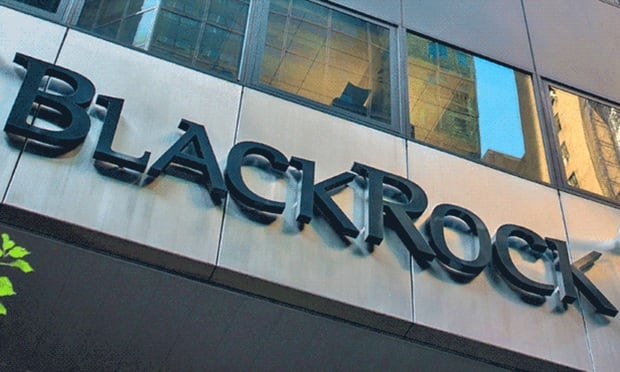When financial advisors speak to participants at plan sponsors’ companies, they are seen as instant “experts,” the go-to person for all the participants’ 401(k) and investment needs.
However, many financial advisors do not realize their potential, and they don’t make the most of their meetings with plan participants. For every dollar made on 401(k)s, there are seven more on the table that can be picked up from plan participants. All advisors have to do is to provide their audiences with the Edu-tainment Experience. ™ This process engages potential individual clients, giving them both the knowledge and the opportunity to begin an advisor-participant relationship with the financial advisor.
The 401(k) education process has become a rigid and lengthy presentation of charts, graphs and statistics accompanied by an enrollment kit with even more numbers and charts. This can leave participants feeling frustrated, anxious and hesitant to make decisions. Creating interactive presentations is the first step in alleviating the fatigue that participants feel at the end of an enrollment meeting.
To encourage the participants to listen, financial advisors should: know the audience well, keep the message direct and straightforward, and entertain, in addition to enroll and educate. The attention span of society has been condensed into 30-second clips. Well-regarded 401(k) plan advisors know how to hold the attention of their participants, which begins with a well-defined education process.
Step 1: Preparation
Financial advisors should schedule meetings or conversations with the plan sponsors or human resources managers to obtain details about the plans in order to customize their presentations to the needs of the audience. In new plans, this process can be straightforward. Employees will need help understanding the tax advantages and features of their plan, in addition to blackout periods (if appropriate), as well as help encouraging employee participation.
In existing plans, this process can be slightly more involved. Questions for the plan sponsors should include the participation rate, average deferral rate, asset diversity, etc. Financial advisors should also ask if the company is interested in making changes to its plan. With this overview, financial advisors can narrow their focus to the key issues that affect the plan and its participants.
Step 2: Understand the participant viewpoint
The next step is in considering the plan from the participant’s perspective. This allows financial advisors to fine-tune the presentation even more.
Type questions for the plan sponsor includes: What kind of company is this and what kind of employees does it have? Is the presentation for salaried, as well as hourly wage employees? Will the audience be highly educated and technical or will the majority of the audience be lower-income employees? These are all important questions, which help evaluate the points, which the financial advisors should emphasize and which others can be left briefly mentioned.
Step 3: Establish what's next
The third step involves assessing what actions need to be taken in order to move employees forward in their participation and understanding of the plan. This includes: increase participation rates, increase deferral rates, impact investment diversification, discuss rebalancing and plan changes, etc. Depending on the background of the audience, some of these issues will need to be discussed more in depth than others.
Step 4: 'Wow' them
The fourth step involves targeting the largest segment of the audience in order to capture the most attention. Why bore current participants with the tax advantages that they are already receiving? Why explain growth and value strategies if the audience is primarily newly eligible employees? Financial advisors will want to keep their information focused on their overall message, because optimal learning occurs when appropriate information is given in small segments.
Edu-tainment™ moves away from the college lecture and towards an interactive process delivered with flair. Financial advisors should be resourceful when creating their presentations. The job of financial advisors is to wow the employees while offering them something new and different. Some ideas include playing music, decorating the room and making casual conversation with the employees before the presentation. This will draw the audience into the presentation from the beginning. Make the presentation applicable and relevant, but also fun and memorable.
Step 5: Make yourself memorable
The final step is in reaping the rewards from the due diligence. Continue to meet with employees on a quarterly, semi-annual or annual basis and address their financial problems and provide solutions. Financial advisors should clarify their objectives with the plan sponsor and encourage continued measurement.
Research has shown that 401(k) education is most beneficial if done on-site. However, education meetings are not enough. Understanding the audience and being creative will not only give financial advisors a head-start for enrollment, but it can also give them an edge over the competition. When looking for a financial advisor, plan participants will certainly remember the person who played their favorite song or who finally made sense out of their 401(k). By making enrollment meetings fun, in addition to educational, financial advisors can increase their revenues by obtaining additional clients from among the plans’ participants.
© Touchpoint Markets, All Rights Reserved. Request academic re-use from www.copyright.com. All other uses, submit a request to [email protected]. For more inforrmation visit Asset & Logo Licensing.






